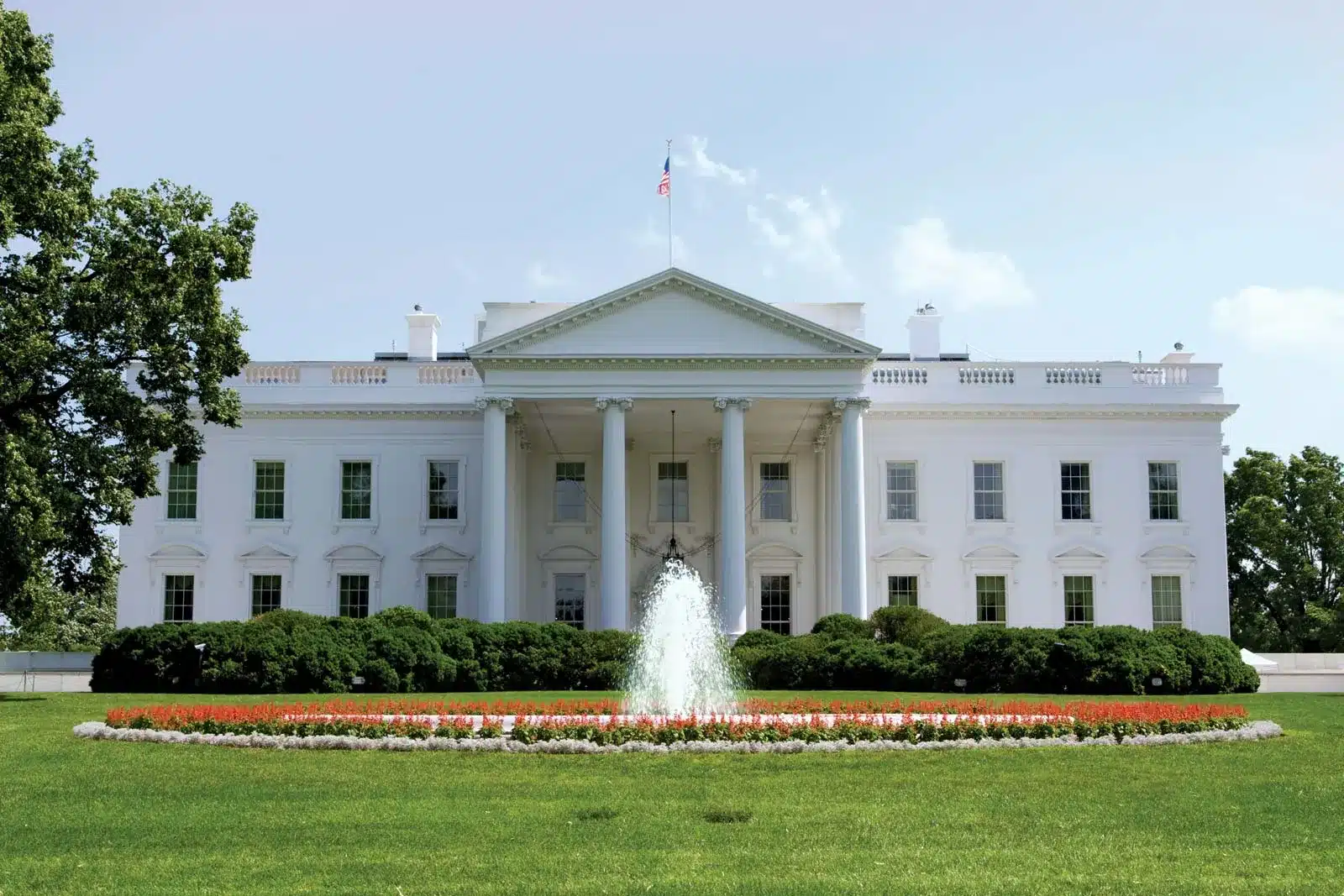- The U.S. Senate Agriculture Committee released a draft market structure bill that would classify certain tokens as “digital commodities.”
- Investor Stern Drew noted the bill mirrors Ripple’s long-term regulatory and institutional strategy.
- If enacted, the bill could cement XRP’s role as a compliant bridge asset in global finance.
The U.S. Senate Agriculture Committee has officially released its long-anticipated crypto market structure draft bill, marking a major step toward establishing clear digital asset regulation in the United States.
According to crypto investor and commentator Stern Drew, the proposal could redefine how digital assets are classified and supervised, potentially giving the Commodity Futures Trading Commission (CFTC) expanded authority over spot digital asset markets.
The bill designates certain cryptocurrencies as “digital commodities”, a category that Drew says aligns closely with XRP, especially following Ripple’s 2023 court victory, which confirmed that XRP is not a security when traded on secondary markets.
Ripple’s Long-Term Strategy Aligns with the New Framework
In his analysis, Drew highlighted how the draft bill’s structure appears to mirror Ripple’s years-long strategy of integrating blockchain technology into regulated financial systems.
Also Read: 90,000,000 XRP Amid XRP ETF Launch, What’s Going On?
🇺🇸 The U.S. Senate AG Committee has released its long-awaited crypto market structure draft bill, a major milestone in defining how digital assets will be regulated in the United States.
The proposal would expand the CFTC’s authority over spot digital asset markets, giving it… pic.twitter.com/ZIgbNG4cph
— Stern Drew (@SternDrewCrypto) November 11, 2025
“For years, Ripple has worked quietly with U.S. agencies, banks, and payment providers to integrate blockchain infrastructure into the financial system,” Drew wrote. “The 2019 Treasury and IMF panels on cross-border liquidity, the 2020 SEC case, the 2023 court clarity, and now a bill defining digital commodities all point to a coordinated evolution rather than coincidence.”
The investor noted that Ripple’s consistent focus on compliance, institutional partnerships, and regulatory cooperation has placed it ahead of most other blockchain projects — positioning XRP to thrive under the new legislative model.
CFTC Poised to Take Lead Role in Crypto Regulation
If enacted, the proposed legislation would make the CFTC the primary regulator of compliant digital asset markets, a shift that could bring regulatory clarity and legitimacy to assets like XRP.
Drew emphasized that the framework laid out in the bill, including transparency requirements, segregated custody, regulated intermediaries, and real-world settlement mechanisms, is nearly identical to the infrastructure Ripple has already implemented across its global operations.
“This is the moment where the U.S. finally aligns with what the rest of the world has already accepted — XRP as the bridge between legacy finance and digital liquidity,” he wrote.
“The Final Step in a Plan Years in the Making”
Drew concluded that the sequence of developments, from Ripple’s early engagement with U.S. regulators to the 2023 legal clarity and now the Senate’s proposed market structure, suggests a long-term coordinated evolution rather than a series of isolated events.
“It looks less like a coincidence and more like the final step in a plan that has been in motion for years,” he said.
If the bill advances through Congress, analysts expect renewed investor confidence in regulatory-compliant cryptocurrencies, with XRP potentially emerging as one of the biggest beneficiaries of the new legal landscape.
Also Read: Evernorth CEO Asheesh Birla’s Bold Strategy Set to Revolutionize Institutional Crypto
